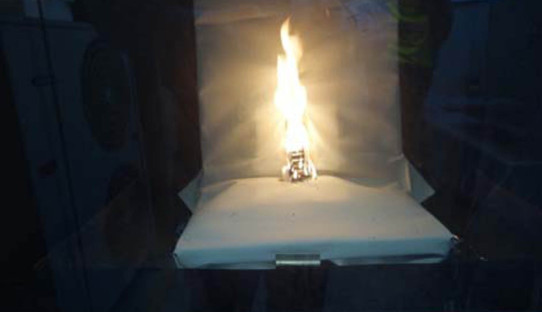
Swiss specialty chemicals company Clariant announces that its Exolit® OP 560 is confirmed as a safer flame retardant for PU foam. This is good news for the upholstery industry and other sectors looking for safer, environmentally more compatible flame retardants that meet internationally accepted flammability standards for flexible polyurethane foam.
In its draft Alternatives Assessment report on flame retardants in flexible foam released in June , the U.S. Environmental Protection Agency (EPA) identified Clariant’s oligomeric phosphonate polyol (OPP) flame retardant—marketed under the trade name Exolit® OP 560—as a safer alternative to pentabromo diphenylether (pentaBDE), which is traditionally used for giving fire protection to foam.
The report is part of the EPA’s Design for the Environment program, which helps industries choose safer chemicals, and offers a basis for future decision-making by providing a detailed comparison of the potential public health and environmental impacts of chemical alternatives.
The product is a reactive flame retardant that eliminates unwanted emissions since it becomes chemically bonded within the polymeric polyurethane foam structure. As a result, it cannot leave the foam during use. Exolit OP is also halogen-free and has a more favorable toxicological and environmental profile. In particular, it cannot bioaccumulate in humans and other organisms since it is “locked” into the foam.
Further benefits for PU applications include excellent ageing stability, as well as low smoke density and smoke gas corrosivity in case of a fire. The phosphonate’s effectiveness and good compatibility with natural polymers allows it to be used at low dosages in the foam matrix, which also adds to the foam’s sustainability profile.
.image-wrap > * { display: table-cell }
 TEXTILES.ORG
TEXTILES.ORG




